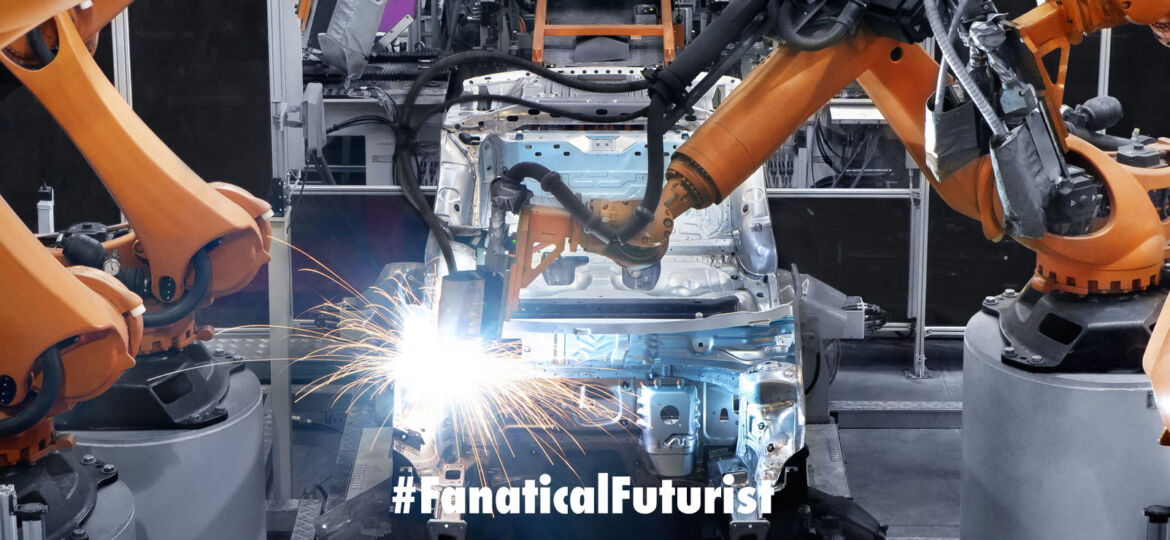
WHY THIS MATTERS IN BRIEF
Pain plays a vital role in shaping how we interact with our world and each other, and it plays a pivotal role in helping us determine what’s safe and what isn’t. By helping robots experience pain it’s hoped that it will help them too stay out of harms way.
German researchers have announced that they are trying to teach robots to feel pain by developing what they call an “Artificial nervous system,” that Johannes Kuehn and Sami Haddadin, from Hannover’s Leibniz University, say could be used to make robots experience painful sensations.
Part of the idea is to allow the machines to detect things around them that could cause them damage, for example, if a robotic arm got jammed in a piece of machinery, the ‘painful’ sensation may make it try to remove itself, in the same way a human would instinctively pull their hand away from a sharp object.
“Pain is a system that protects us. When we evade from the source of pain, it helps us not get hurt,” says Kuehn, one of the researchers on the project.
This mechanism can also be applied to robots, even if they might not feel pain in the same way we do, but while the pairs project could potentially protect robots from damage, it might help keep their human colleagues safer as well.
In the future, a growing number of robots, and co-bots, will work side by side with humans, and by teaching them to avoid painful collisions or accidents, the chances of a human worker getting hit on the head by a giant robot arm could be reduced.
In tests, the researchers equipped a robot arm with a small fingertip sensor, covered with artificial tissue which mimics the structure of human skin.
The sensor transmits ‘pain’ sensations when it detects hard pressure or high temperature, and can even classify different inputs as ‘mild’, ‘medium’ or ‘severe’ pain.
If the sensor is squeezed or pressed, the arm leaps out of the way, just like a human would if someone applied too much pressure to a fingertip.
It’s early days for the technology, but it may become essential as robots become a bigger part of our lives.

















[…] Source link […]
[…] technology could also be used to create robots that can feel pain to help them make better decisions about human safety, something that has already been developed […]